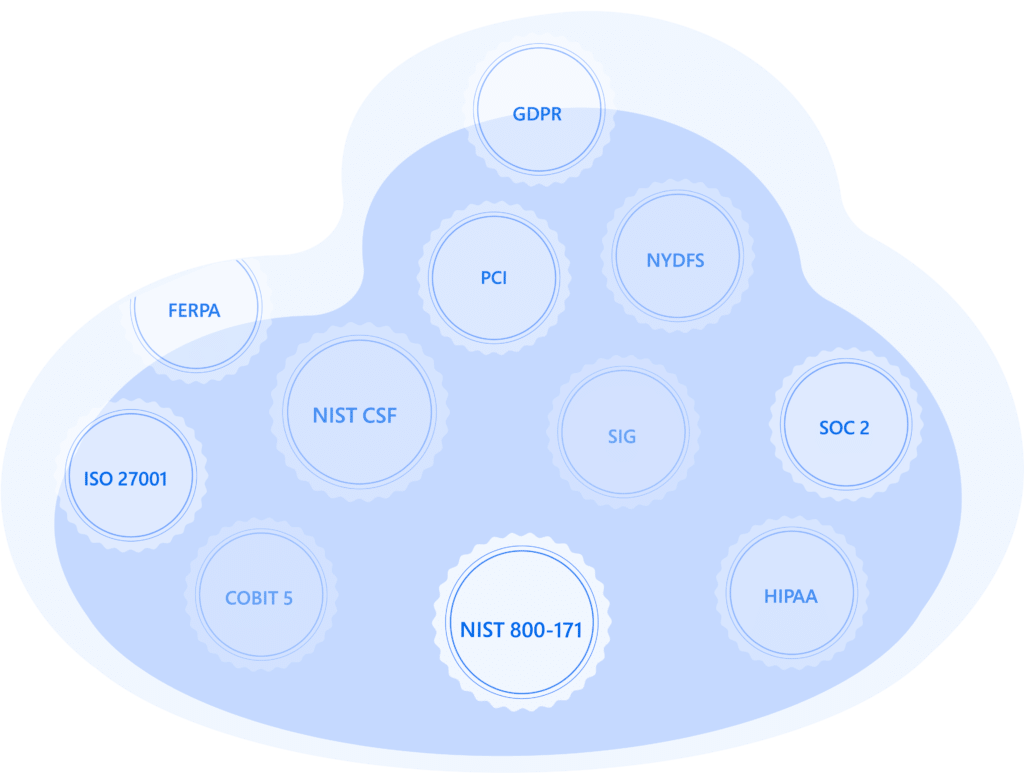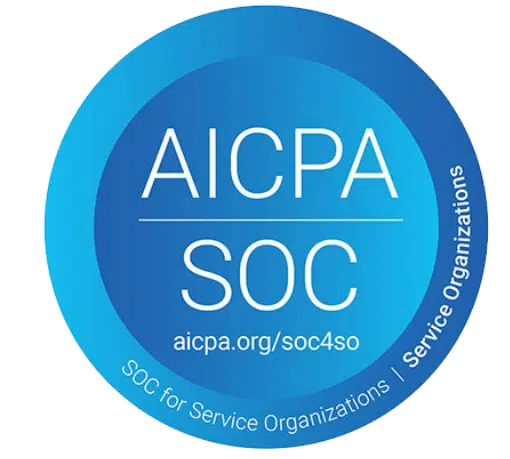Standards
Manage multiple regulatory compliance frameworks
and standards in one platform
Centraleyes enables cyber risk teams to easily create and define frameworks to fit their specific needs, or choose from tens of pre-populated integrated risk and compliance frameworks. By mapping shared controls across frameworks, Centraleyes allows for a quicker, automated compliance process

- ISO 42001
- NIST AI RMF
- DORA EU
- ESG Risk
- Business Email Compromise
- Health Industry Cybersecurity Practices (HICP)
- NIST 7621
- Secure Controls Framework (SCF)
- Cyber Resilience Review (CRR)
- ISO 27002
- OWASP SAMM
- Insider Threat Mitigation
- Ransomware Readiness Assessment
- FINRA
- OWASP MASVS
- NIST 800-82
- NIST 800-207 (Zero Trust)
- HECVAT
- NIST SP 800-53
- COSO
- NIST 800-46
- COBIT 5
- ICDM
- OWASP ASVS
- MITRE ATT&CK
- ISO 27001
- CIS Controls
- CSA
- NIST CSF
- Recent Frameworks
Security
Secure Controls Framework (SCF)
What is Secure Controls Framework (SCF)? The Secure Controls Framework is a comprehensive list of controls created to empower businesses in the designing, building and maintenance stages of creating safe…
OWASP ASVS
What is the OWASP ASVS? The Open Web Application Security Project (OWASP), is a non-profit international organization dedicated to improving the security of web applications. All of OWASP’s resources are…
CIS Controls
What are the CIS Controls? The CIS Critical Security Controls (CSC) are published by the Center for Internet Security (CIS) to assist organizations in better defending against well-known threats by…
Privacy
NY SHIELD Act
What is the NY SHIELD Act? On March 21, 2020, the data security provisions of New York’s Stop Hacks and Improve Electronic Data Security Act (“SHIELD Act”) came into force.…
Compliance
SOC 2 Type II
What is SOC 2 Type II compliance? SOC 2 (System and Organization Controls 2) is an auditing process developed by the American Institute of CPAs (AICPA). Its primary initiative is…


